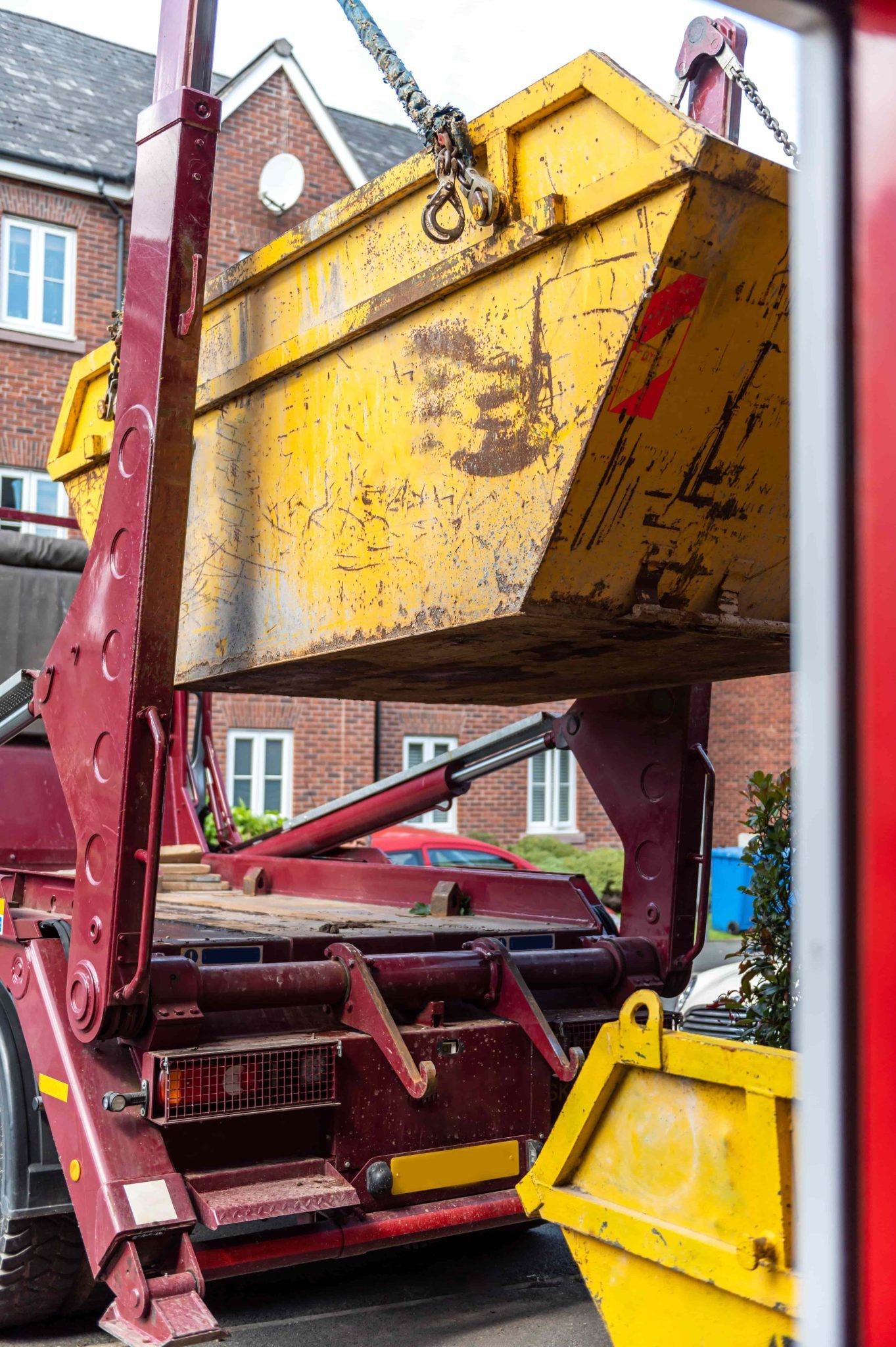When hiring a skip for your project, whether it’s a home renovation, garden clearance, or major clean-up, making the most of the available space is crucial. Properly packing your skip not only saves you money by avoiding the need for additional skips but also ensures that your waste is disposed of efficiently. In this blog post, we’ll explore the top 5 ways to maximise space in your skip, helping you get the best value for your money and keep your project running smoothly.
Break Down Bulky Items
One of the easiest and most effective ways to maximise space in your skip is to break down large or bulky items before placing them inside. Items such as furniture, cardboard boxes, and garden waste can take up a lot of unnecessary space if left whole. By dismantling furniture, flattening boxes, and cutting down branches or wooden planks, you can significantly reduce their volume, allowing more waste to fit into the skip.
For example, a large wardrobe can take up a considerable amount of space if thrown in whole, but if you break it down into panels, it will fit much more neatly, leaving room for other items. The same goes for bulky garden waste like branches, which can be trimmed down to save space.
When dealing with older furniture, it’s important to be aware that some items may contain Persistent Organic Pollutants (POPs), which require special disposal. If you’re unsure whether your furniture contains POPs, consider exploring alternative disposal options such as donating it to charity or contacting a specialist recycling service.
Pack Items Tightly
Another key strategy to maximise space in your skip is to pack items as tightly as possible. Start by placing flat and heavy items at the bottom of the skip, such as broken tiles, bricks, or slabs, as these create a solid base. Then, layer lighter and more malleable items on top, such as bags of household waste or smaller debris.
As you fill the skip, make sure to compact the waste by pressing down or breaking it up further to eliminate gaps. Avoid simply tossing items in haphazardly, as this creates voids that waste valuable space. Think of it like playing a game of Tetris—every piece should fit snugly together to maximise the available area.
Fill Gaps with Smaller Items
As you pack your skip, you’ll likely notice small gaps or spaces between larger items. To make the most of every inch, fill these gaps with smaller pieces of waste. Items like small bags of rubbish, loose bits of rubble, or flattened cardboard can be used to fill the voids, ensuring no space is wasted.
This method not only helps you fit more into the skip but also keeps the contents stable, reducing the risk of the load shifting during transport. When there are no large gaps, the waste is less likely to settle and create more space at the top, which could tempt you to overfill the skip.
Disassemble and Nest Items
Disassembling and nesting items is another effective technique to maximise space in your skip. If you have flat-pack furniture or items that can be disassembled, do so before placing them in the skip. This reduces their volume and allows you to pack other items around or within them, utilising the space more efficiently.
Prioritise Your Waste
Finally, prioritise what you put in the skip first to ensure that the most important waste is disposed of. Start with the heaviest and bulkiest items that take up the most space and work your way down to smaller, lighter materials. If you find that space is becoming tight, consider whether some items could be disposed of by other means, such as taking smaller loads to the tip yourself or recycling certain materials.
By prioritising, you avoid the frustration of realising too late that essential waste won’t fit in the skip, which could lead to costly delays or the need for an additional skip.
Conclusion
Maximising space in your skip is all about strategic planning and efficient packing. By breaking down bulky items, packing tightly, filling gaps with smaller waste, disassembling and nesting items, and prioritising what you throw in, you can make the most of your skip hire. These tips will help you avoid the need for additional skips, saving you both time and money.
Whether you’re a seasoned DIY enthusiast or a first-time skip hirer, following these tips will ensure that you use your skip to its full potential. If you need further advice on how to maximise space in your skip or have any other questions about skip hire, feel free to contact us—we’re here to help!

